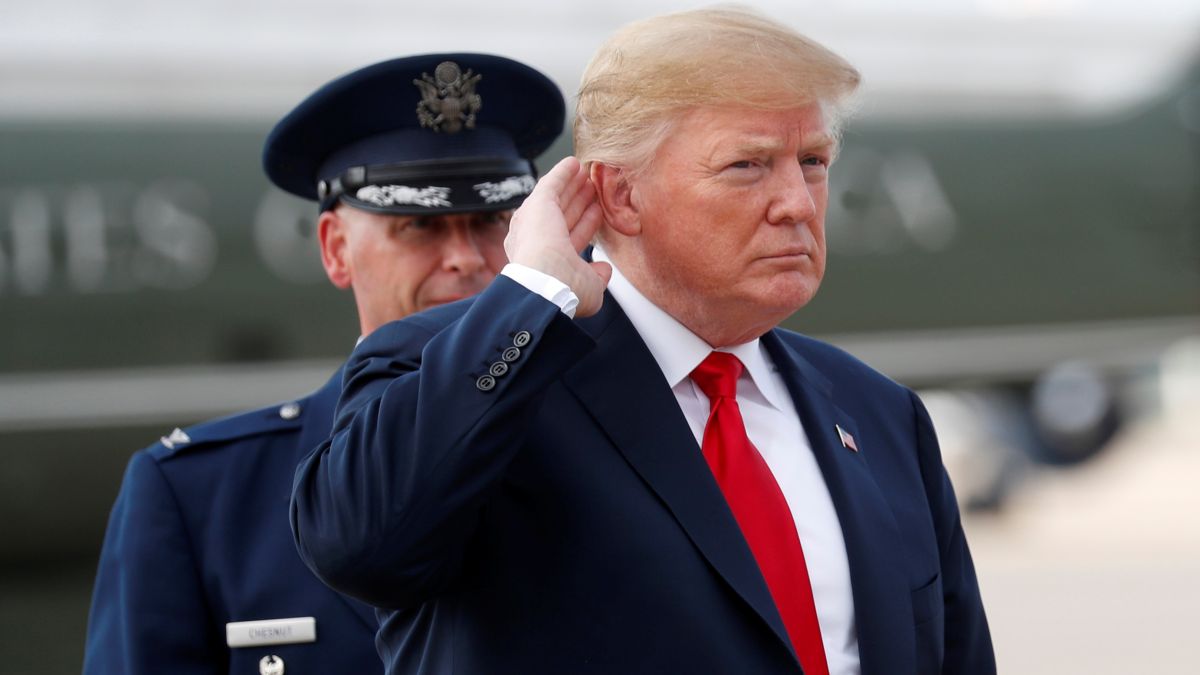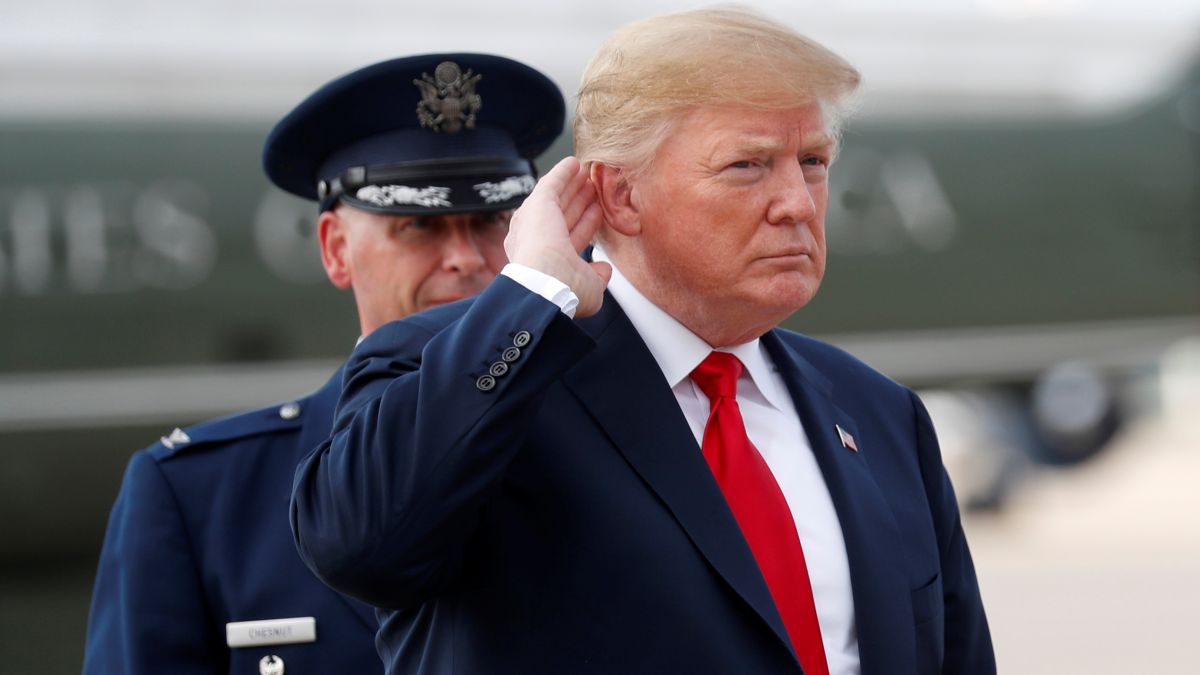China has triggered a fresh wave of concern across strategic sectors in the United States by tightening control over rare earth element exports.
This move, involving new export license requirements on key rare earth metals and magnets, has sent ripples through industries ranging from defence to electric vehicles (EVs), and threatens to undercut long-term American ambitions in manufacturing and technological innovation.
Rare earth elements, a group of 17 chemically similar metals, are indispensable to a wide array of modern technologies.
They serve as key inputs in electric motors, semiconductor chips, missile guidance systems, fighter aircraft, drones, wind turbines, and consumer electronics such as LED lights and smartphones.
China’s dominance in both the mining and processing of these materials has created a significant strategic vulnerability for the US, which currently lacks the capacity to independently meet its own demand.
What china’s export restrictions entail
In early April, China introduced export restrictions covering seven rare earth metals and related magnets used across several industries, including defence and automotive technologies.
The restricted elements include samarium, gadolinium, terbium, dysprosium, lutetium, scandium and yttrium. Under the new policy, Chinese firms are required to obtain special licenses before exporting these resources.
This development follows US President Donald Trump’s decision to increase tariffs on Chinese imports, prompting a series of countermeasures from Beijing. Although China has not explicitly banned exports, the current halt in shipments reflects a broader suspension as authorities work to implement the new licensing framework.
According to The New York Times, shipments of rare earth elements are already stalled at Chinese ports awaiting updated instructions from regulators.
China has also added 16 US entities — most of which are involved in aerospace and defence — to its export control list, restricting their access to items deemed dual-use, which includes many of the targeted rare earth elements.
Why rare earths matter — and why the US is vulnerable
Rare earths are typically divided into two categories: light and heavy. Heavy rare earths, such as dysprosium and terbium, are rarer and often more expensive to extract.
Their unique properties, such as heat resistance and magnetic strength, make them particularly critical for advanced defence and electronic applications.
At present, the United States operates only one rare earth mine — Mountain Pass in California — which supplies roughly 15 per cent of global rare earths.
But the real bottleneck lies in processing: China currently refines nearly all of the world’s dysprosium and around 90 per cent of rare earth magnets. Without access to China’s refining capabilities, global supply chains would struggle to function.
“The United States is particularly vulnerable for these supply chains,” the Center for Strategic and International Studies (CSIS) warned in a recent report. The group highlighted that rare earths are essential to producing key defence assets like submarines, missiles, radar equipment, and aircraft.
Moreover, CSIS stated, “There is no heavy rare earths separation happening in the United States at present,” though domestic capacity is under development.
In response to these vulnerabilities, the Department of Defense (DOD) has pledged over $439 million since 2020 to bolster US-based rare earth processing facilities. The DOD’s broader strategy, outlined in its 2024 National Defense Industrial Strategy, aims to establish a full domestic supply chain for defence-related rare earth needs by 2027.
However, CSIS cautions that even once operational, these new facilities will not come close to matching China’s production levels.
“Developing mining and processing capabilities requires a long-term effort, meaning the United States will be on the back foot for the foreseeable future,” the report stated.
Impact on US industry
Multiple sectors in the US economy, particularly defence and automotive manufacturing, are directly exposed to the fallout of China’s restrictions. Companies like Tesla, General Motors (GM), Rivian, and Ford could face significant disruption, as they rely on rare earth-based magnets for EV motors.
AutoForecast Solutions’ Sam Fiorani explained, “China’s ban on rare earth exports to the US slows access to a number of minerals crucial to modern vehicle production,” adding that these materials are vital for components ranging from batteries to motors and even camera lenses.
Although Tesla has already reduced its reliance on rare earths by 25 per cent and is pursuing a next-generation motor that eliminates their use altogether, competitors are still dependent on these materials. GM has confirmed it is exploring alternatives but has yet to announce any firm deadlines.
Reuters reported that some Chinese rare earth sellers have invoked force majeure clauses — legal provisions that relieve parties from contractual obligations due to extraordinary events — on deals with overseas buyers.
This could mean that US companies will not be able to rely on prior agreements for their supply.
American automakers are particularly vulnerable because they manufacture EV motors domestically, in contrast to some of their European and Japanese rivals who benefit from more diversified access to rare earths.
Even if alternative suppliers emerge, companies are likely to face steeper costs. “These already expensive materials will only increase in cost with China removed as a potential source… Turning to other countries, where their production costs are already higher, will increase prices for manufacturers,” Fiorani told Yahoo Finance.
Impact on US defence ambitions
The consequences extend well beyond commercial interests. Rare earths are foundational to the Pentagon’s technological edge, and their absence could delay or cripple key defence programs.
The CSIS report warns that disruptions may “pose direct threats to US military readiness,” stating that the country is already grappling with a limited ability to scale up defence production.
Even prior to the new restrictions, the defence industrial base had been struggling with capacity issues. The report cites a 2022 statement from a US Air Force official, who estimated that China is producing advanced military systems five to six times faster than the United States.
“Further bans on critical minerals inputs will only widen the gap,” the authors concluded, “enabling China to strengthen its military capabilities more quickly than the United States.”
Trump’s defence modernisation agenda — particularly projects like the sixth-generation F-47 fighter jet — could also be hamstrung by rare earth shortages. China, meanwhile, is advancing its own sixth-generation aircraft programs, with the J-36 and J-50 undergoing frequent test flights.
In parallel, the Trump administration has explored sourcing rare earths from foreign deposits, including in Ukraine and Greenland.
However, questions remain about the feasibility, value and accessibility of these resources.
How other countries may respond
The United States is not alone in its efforts to reduce dependence on China for rare earths. Countries like Australia and Brazil are investing in rare earth extraction and processing to create alternative supply chains.
CSIS recommends that Washington bolster these international efforts with both diplomatic and financial support.
That said, the global response may not be uniformly confrontational. China’s new licensing system could prompt some countries to deepen cooperation with Beijing in order to secure their own rare earth supplies.
Speaking to Yahoo Finance, Daniel Pickard, chair of the International Trade practice at Buchanan Ingersoll & Rooney PC and a member of the US Trade Representative’s critical minerals advisory committee, pointed out, “It is important to be aware that there is a big difference between China requiring export licenses as compared to a ban on exports… In many cases there weren’t any actual signs of declining import volumes.”
With inputs from agencies


)
)
)
)
)
)
)
)
)